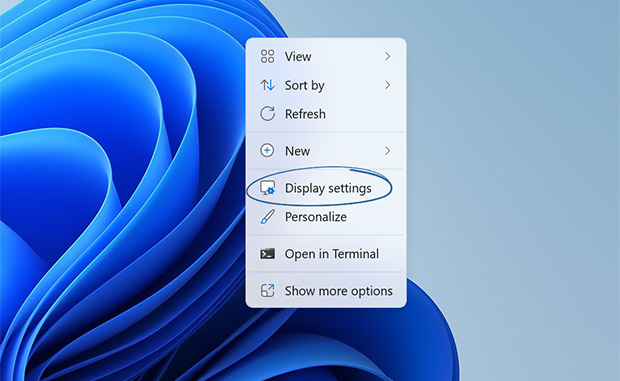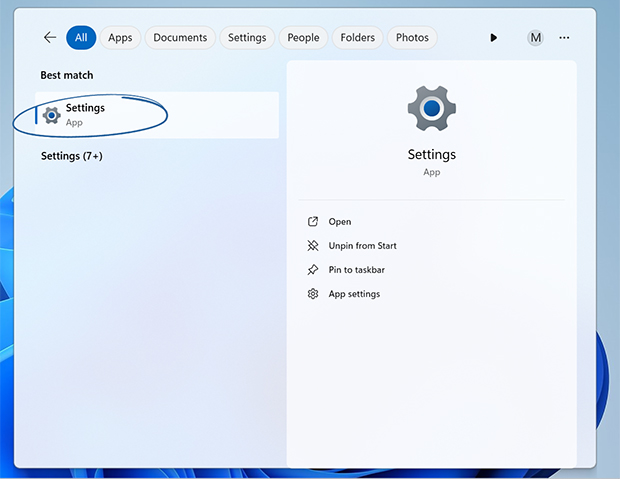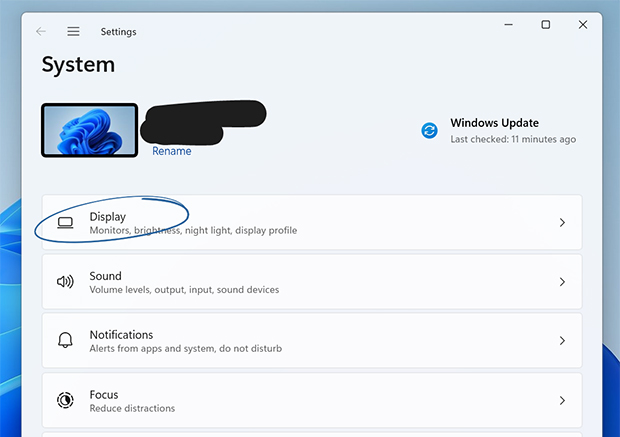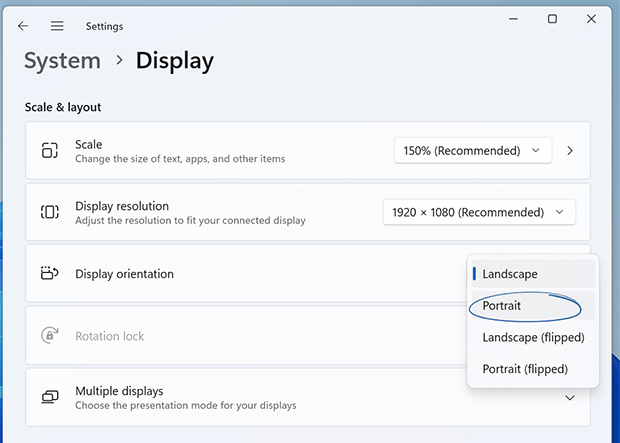How to rotate your computer screen – and why you should try it
How do you have your screen real estate set up? The trend now is to optimize your computer screen usage by rotating the screen vertically. It’s been found to ease the tasks of writing documents, editing photos, and coding. Switching from a horizontal orientation to a vertical one could just be the thing that makes your life easier.

Perks of rotating a computer screen
Besides the urge just to be different and add a little bit of razzle-dazzle to your computer screen setup, there are really good reasons for switching the way you view content on your screen. In some cases, switching your screen to horizontal or landscape could work better for your purpose, while in other cases a vertical screen is the way to go. Rotating desktop screens is changing how many people work and interact with their various projects. Rotating a monitor lets you have an increased view of long texts, view and edit portrait images, and view long lines of code if you’re a coding wizard. Situating your computer screen sideways will be helpful in setting up a multi-display especially when your desk space is limited.How to rotate a computer screen
We know it is a bit new and unusual, but don’t worry. Rotating your PC screen is easy. You are simply changing the display orientation like you would if you were working across multiple screens. But you should also keep in mind, when you rotate your display, you should also rotate your actual PC screen. The common screen configuration would be one screen that is in the traditional landscape orientation and the second monitor screen switched to vertical. But don’t let us tell you how to live your life – you can have both screens vertical if you choose to!Rotate your computer screen: Windows 7 and 8
- Right-click on your desktop
- Select the “Screen resolution” tab
- Next to “Orientation:” is a drop-down menu. Select “Portrait”
- Click on the “Start” menu
- Select “Settings”
- Click on “Appearance and personalization,” then display
- Next to “Orientation:” is a drop-down menu. Select “Portrait”
Rotate your computer screen: Windows 10 and 11



You can also access your display settings through the start menu



Rotate your screen with keyboard shortcut
Just when you thought that was all there was… BAM! Here we go with more tips. There is a shortcut key to rotate your screen. So, instead of going through the steps of trying to find the right settings and configuration, you can simply use the “Ctrl + Alt + Arrow key” on your keyboard. You can use any of the arrow keys, but whichever you choose will depend on how you want to spin your display. If you get a bit scared of your screen spinning around, you can always use “Ctrl + Alt + ↑” as a shortcut to bring your display back to its standard orientation.Shortcut to rotate screen:
Ctrl + Alt + → = rotates screen 90 degrees rightCtrl + Alt + ← = rotates screen 90 degrees left
Ctrl + Alt + ↓ = flips screen upside down
Ctrl + Alt + ↑ = normal landscape view
Using this keyboard shortcut would be a hotkey feature from your graphics driver. Unfortunately, the latest version of the graphics driver has discontinued the use of hotkeys. You can always check if hotkeys are still available by clicking “Ctrl + Alt + F12”. This will bring up options and support, then you can go to the hotkey manager. Using these keyboard shortcuts is most common with older Windows versions.
Can all computer screens be rotated?
Keep in mind that not all monitor mounts are built to transform your PC into the portrait position. Many of them do have mounts that are adjustable to change the orientation of the PC screen into portrait mode, but some do not. In the case that your PC mount does not support a vertically orientated screen, you can buy a new mount to replace the current one. You would need to check your PC model and research different mounts that work for vertical screen orientation. Don’t worry, your web browers will fit your multi-display view when you rotate your PC screen. Who knows – try out the new sideways computer orientation and you might find it to be helpful and refreshing, and decide to permanently rotate your monitor setup.Bonus tip: How to rotate laptop screen
Did you know you can rotate your laptop screen as well? We are not sure it would be the most practical option if you don’t have a detachable screen but if you would like to give it a try, the steps to follow are the same as for a desktop computer.
My computer screen is sideways, now what?
Now that you’ve got your new display all set up and looking fancy, you can continue operations as usual. You can proceed to take screenshots while your computer screen is flipped. The hype is about editing long texts more efficiently, not missing lines of code when coding, and editing photos and PDFs that are in portrait orientation with a flipped computer screen. We want to encourage you to try it out especially if you have not thought about it before.What if my computer screen is sideways and I don’t want it that way!?
If you change your mind about your rotated screen – or if your screen was rotated by mistake – don’t panic! It is easy to fix a sideways screen. Just right-click on your computer’s Desktop, select Display settings, scroll down to Display orientation, and select Landscape from the drop-down menu. Problem solved!On your way to go rotate your PC screen? Before you jet off, leave us some feedback below. And if you still don’t have an email account with mail.com, why not sign up for free today?
This article first appeared on February 26, 2023, and was updated on June 27, 2024.
Images: 1&1/Shutterstock
213 people found this article helpful.
Related articles